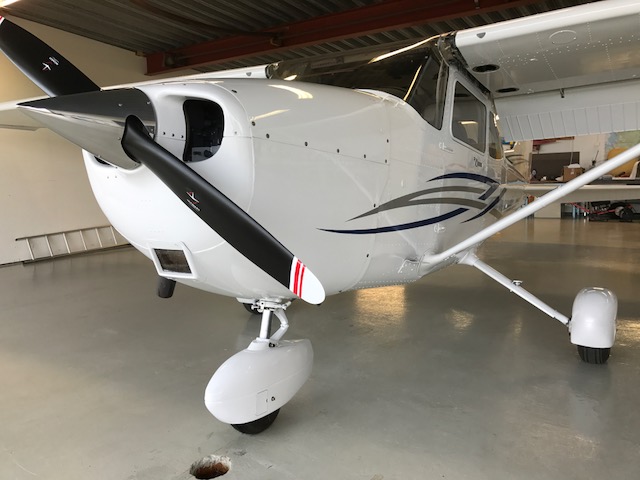My AUX buss runs of a secondary ETX-900VNT battery. This buss supplies the backup power to the avionics which have AIRCRAFT PWR 2, and is controlled via a rear mounted contactor specifically for the AUX battery. The AUX battery gets charged via a X-FEED contactor.
I ended up with a second battery because something like the TCW IBBS did not provide me enough power to run things like my Engine Ignition with enough safety margin. So then I was looking at two IBBS, and at that point it was worth just putting in a secondary large battery and buss. When I originally designed this buss I had in my head that the buss would not draw over 30A because I was intending to not put a X-FEED contactor in, rather get power to the buss via a Schottky Diode. I still like that idea alot, but the main problem that I had with that approach was that I am really trying to use parts that I could get at any random airport with a maintenance shop. I don't want to be lugging around my own spare parts everywhere I go.
My MAIN bus has a Vertical Power Electric Circuit Breaker, on the AUX bus I decided to go with fuses. Again, this is my backup system, by the time this thing is blowing fuses, I have some serious issues beyond thinking about reseting breakers. With the 30A max notional draw, I ran a 8GA from the rear mounted contactor up to a fuse block that I installed on my mid-panel. I looked at this fuse block for at least 3 months and every scenario I ran through in my head every time I saw it, this was a horrible idea (although it is a nice spot for it being out of the way).
There were a lot of things I did not like about the fuse block from above. First, it is not accessible without removing the right panel. That alone makes this a bad idea. Second, I ended up mounting my GTX45R on a rack that I built coming up on top of the ignition brackets shown above. This obscured the fuse block even further. Also, the orientation in which the wires leave the fuse block put half of them rubbing against the GTX tray.
So I moved things around.
I removed the fuse block from the mid-panel and replaced it with my Manifold Pressure Sensors for my FlyEFII System 32. I wanted to keep these on the inside because, well, just because. I then milled out a 6160 1/8" bracket to connect the panel to the mid-panel which will hold the new fuse block.
This took me some time to figure out how to best mount everything, and I am really happy with it. I wanted to keep everything removable, I am not sure why, but it seems like a good idea. The tray itself is held to the mid and rear panels by #8 screws coming up from the bottom. The main wire is coming up through the tray itself inside of a locking grommet. The locking grommet is much bigger than it needs to be because you can fit the terminal (1/4") through the grommet itself.
The angles are hard to see in the photo, but I shielded the power cable with nylon braid, then built a small bracket out of 1x1 angle to bolt in an adel clamp that keeps the AUX power cable centered in the hole. This also isolates the cable from moving and putting stress on the terminal itself. The 8GA 1/4" hole un-insulated terminals have a pretty weak feeling to them...
You will notice that the AUX power does not go to the new sealed bottoe facing fuse block itself. It goes to the 1 and only standalone shunt I have in the plane. This will allow me to read my MAIN current draw from the VPX and the AUX current draw from this Shunt going through the GEA24 Shunt 2.
I am pretty happy with this setup. While it is no where near complete, I like how it is coming together. The fuse block has a sealed lid on it. That lid is facing downwards and you can actually remove the cover and touch the fuses from the co-pilot seat while in a normal seated position. You would have to use a mirror or something to make it easier to replace a fuse in flight, but it would definitely be possible.
Also, I am pretty proud of myself that I remembered my ELT and HOBBS meter are at the bottom right of my right panel. Before I drilled I discovered that the HOBBS meter was dead smack in the way of where I was going to put everything.


































